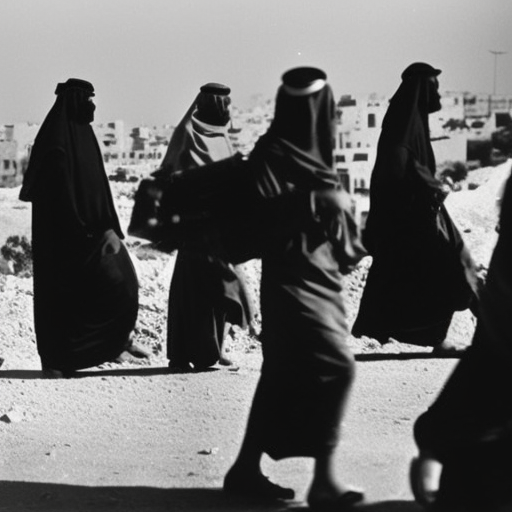Summary:
The Arab-Israeli conflict is a long-standing political and territorial dispute between the Arab nations and Israel. It originated from the establishment of the State of Israel in 1948 and has since involved numerous wars, uprisings, and peace negotiations. The conflict primarily revolves around competing claims to land, national identity, and self-determination. It has had a profound impact on the Middle East and remains a significant challenge to regional stability and peace.
Origins and Early Conflicts:
The Arab-Israeli conflict traces its roots to the late 19th and early 20th centuries when Jewish and Arab nationalist movements emerged in the region. The Zionist movement, seeking to establish a Jewish homeland, gained momentum, leading to increased Jewish immigration to Palestine under British rule. This influx of Jewish settlers created tensions with the Arab population, who feared displacement and loss of their own national aspirations.
1948 War and Palestinian Displacement:
In 1947, the United Nations proposed a partition plan that would divide Palestine into separate Jewish and Arab states. The plan was accepted by Jewish leaders but rejected by Arab states and Palestinian Arab leaders. Following Israel’s declaration of independence in 1948, neighboring Arab countries launched a military intervention, resulting in the 1948 Arab-Israeli War. Israel emerged victorious, and the war led to the displacement of hundreds of thousands of Palestinians, who became refugees in neighboring countries.
Six-Day War and Occupation:
Tensions escalated in 1967, leading to the Six-Day War between Israel and Arab states. Israel achieved a swift victory, capturing the Sinai Peninsula, the West Bank, the Gaza Strip, and the Golan Heights. This war marked a turning point in the conflict, as Israel’s occupation of these territories created new challenges and grievances, particularly regarding the Palestinian territories.
Peace Process and Oslo Accords:
In the 1990s, efforts were made to resolve the conflict through negotiations. The Oslo Accords, signed in 1993, aimed to establish a framework for peace between Israel and the Palestinians. However, the peace process faced numerous obstacles, including disagreements over the status of Jerusalem, Israeli settlements in the West Bank, and the right of return for Palestinian refugees. Despite some progress, the peace process has been marred by violence, breakdowns in negotiations, and ongoing settlement expansion.
Intifadas and Continued Violence:
Two Palestinian uprisings, known as Intifadas, erupted in the late 20th century. The First Intifada (1987-1993) was a grassroots movement characterized by civil disobedience and protests against Israeli occupation. The Second Intifada (2000-2005) was more violent, marked by suicide bombings and Israeli military responses. These uprisings further strained relations between Israelis and Palestinians and deepened mistrust.
Recent Developments and Challenges:
Efforts to achieve a lasting peace continue, but the conflict remains unresolved. The construction of Israeli settlements in the West Bank and East Jerusalem, as well as the ongoing violence and security concerns, pose significant challenges to peace negotiations. The lack of progress has led to frustration and disillusionment among both Israelis and Palestinians, with extremist groups gaining support and perpetuating the cycle of violence.
Conclusion:
The Arab-Israeli conflict is a complex and deeply rooted issue that has shaped the history of the Middle East. It has resulted in the displacement of Palestinians, multiple wars, and ongoing tensions between Arab nations and Israel. Achieving a just and lasting resolution to the conflict remains a formidable challenge, requiring compromise, dialogue, and a commitment to peace from all parties involved.












